Commentary: Is bird flu a risk yet to people?
Published in Op Eds
You may have encountered the term “ bird flu” increasingly online and in the media. It refers to a highly pathogenic avian influenza (HPAI) A, classified as H5N1. Wild birds carry and transmit this flu, though most do not get sick from it. However, it has been detected in birds and mammals at farms such as poultry and dairy cows and has the potential to cause disease in people. Given this, is there a danger the virus will end up in the milk that we buy at the store? Fortunately, recent testing of pasteurized dairy products has been negative for viable HPAI H5N1, suggesting that risk in such cases is exceedingly small, if any at all.
Let’s look at the situation for what it is and perhaps with an eye toward what it could become.
There are numerous types of avian flu viruses. The letters and numbers represent how they are classified, with the first two symbols describing one type of protein and the second two symbols describing another type of protein. Influenza viruses are crafty: They are constantly changing to avoid recognition by the immune system of their hosts. Such changes, referred to as antigenic shift and drift, make them a moving target for our immune system and for vaccines.
The H5N1 avian flu’s recent transmission pattern concerns epidemiologists and public health officials. The virus has been transmitted from poultry and dairy cows to farm workers and others in close contact and proximity with these birds and animals. As of Monday, 55 people have tested positive for H5N1, with all but one infection, which remains unresolved in Missouri, traced to contact with farm-infected poultry or dairy cows. The majority of these cases have been in California, Colorado and Washington state. By comparison, H5N1 has been detected in more than 10,000 wild birds, nearly 110 million poultry in 49 states and more than 600 dairy herds in 15 states.
The good news is that all these infections have been mostly benign, with each person fully recovered. However, with only around 50 cases reported in the United States since April, such a small sample cannot tease out what sectors of the population would be at highest risk of severe disease. Of course, it is certain that many more infections have gone undetected, given the results of antibody testing among dairy farm workers.
This is concerning, since more infections increase the possibility of mutations that may lead to widespread transmission and more severe disease. On the other hand, this has almost certainly not occurred, or at least not yet, since almost all infections to date have been related to farm bird and animal exposure with mild symptoms, appearing to pose little, if any, risk to the broader population.
The one exception is in Canada, where its first H5N1 case is in a teenager who is now hospitalized. Officials believe that the person was exposed either to an infected bird or animal. Such a case raises concerns that H5N1 has the potential to create severe disease.
What is most concerning about H5N1 is the uncertainty surrounding its spread. If the virus began widespread transmission between people, then the number of cases could jump. Creating vaccines that would protect against H5N1 is possible. Given the usual six-month lead time required, using traditional egg-based technology, efforts are underway to shorten this window. An initiative to develop an mRNA H5N1 vaccine has also been launched, which would speed up vaccine availability.
Of course, as this situation continues to evolve next year, it is unclear what the U.S. response will be, particularly given the health policy role that Robert F. Kennedy Jr. may assume in the new federal administration.
Some may be thinking that this season’s flu vaccine may provide some protection against the H5N1 avian flu virus. It contains three antigen components, including influenza A H1N1 and influenza A H3N2, but not H5N1, which means that it will provide no protection against H5N1.
The Centers for Disease Control and Prevention continues to monitor the situation. As new cases are detected and confirmed, more information can be gathered to assess if the virus has become more prone to human-to-human transmission and produce more severe disease. The biggest challenge the CDC faces is effective, broad and timely surveillance that will detect escalation of infections in the population, an indicator that human transmission is occurring.
Let’s not forget that the risks posed by seasonal flu are far greater than the risks posed by H5N1 at this time. This warrants people getting their seasonal flu shot as soon as possible, as we fast approach the holiday season with people gathering to celebrate and enjoy the festivities.
____
Sheldon H. Jacobson, Ph.D., is a professor in computer science who teaches in the Carle Illinois College of Medicine at the University of Illinois at Urbana-Champaign. Dr. Janet A. Jokela, MPH, is an infectious disease and public health physician and a dean in the Carle Illinois College of Medicine.
___
©2024 Chicago Tribune. Visit at chicagotribune.com. Distributed by Tribune Content Agency, LLC.
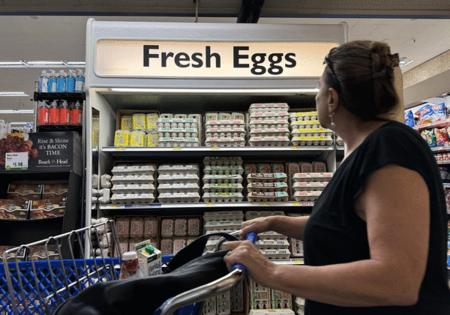















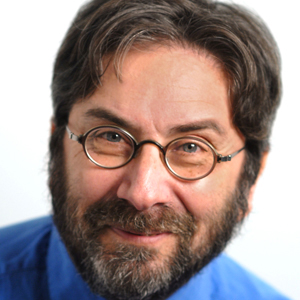







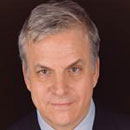


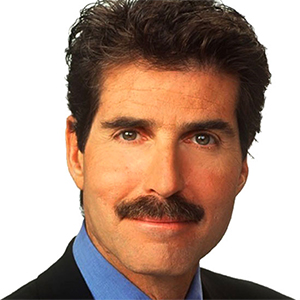
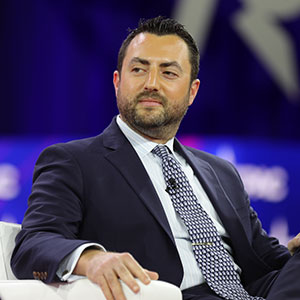



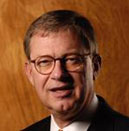







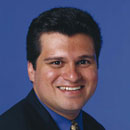





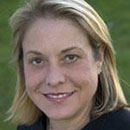











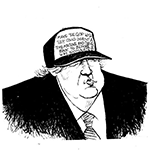
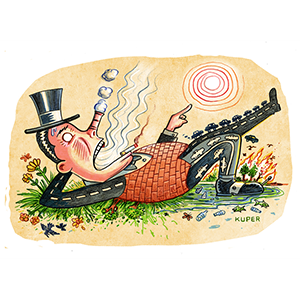
Comments